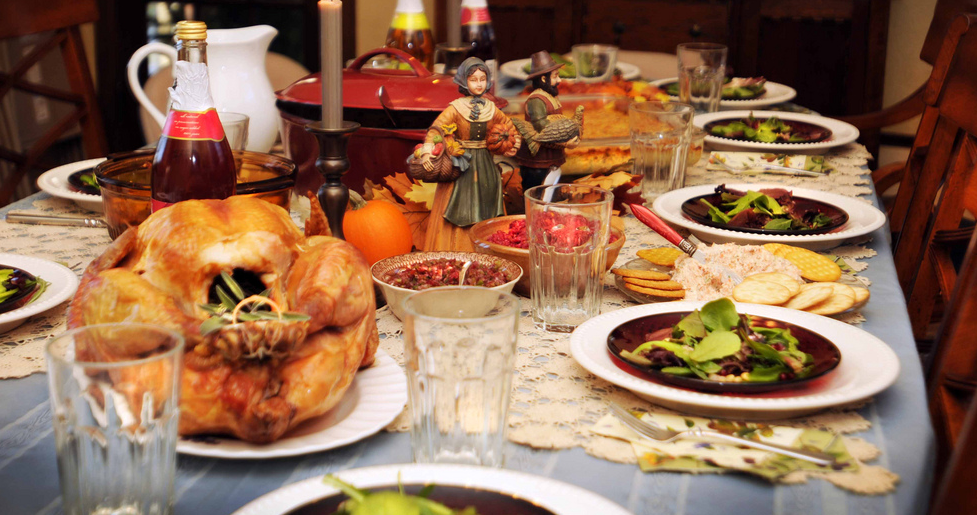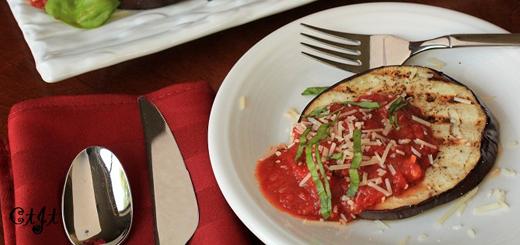Thankful Thanksgiving
Thanksgiving is almost here. Have you ordered your turkey? Have you decided all the dishes that you will serve? Will you be going to someone else’s home and need to bring a dish? Or will you be eating out at a Thanksgiving buffet? Whatever your type of celebration, it will probably revolve around eating too much food. Why does this one holiday make us leave the table as if we are the stuffed turkey?
Historically, Thanksgiving is a harvest holiday—a time for us to be thankful for the bounty of food. I would suggest that one of the reasons that we put so much on our tables is to celebrate all that we have. But how do we temper it so that we don’t leave feeling like our stomachs will explode?
The art of mindful eating instead of emotional eating may help us enjoy the holiday more fully. Mindful eating is eating with purpose and attention. We eat to satisfy our hunger instead of to make us feel better. We use all our senses to experience what we are consuming. Notice the smells, colors, textures and flavors of the food. When we pay more attention to those morsels going into our bodies, we can slow down our eating. We can be thankful for the land, the produce and the farmers. Slowing our food consumption not only helps in breaking down our food, but it also allows our brain to send signals telling us that we are full and can stop eating food for awhile.
The process of digestion actually starts in the brain. As we smell the aromas wafting around us, the brain signals the mouth to start releasing saliva and the enzymes needed to break down our food. Each part of our digestive system is designed to break down and absorb different nutrients of our food. As we chew our food, the enzymes in saliva start to primarily break down carbohydrates. The more we can chew our food to the smallest possible pieces, the easier it will be for the enzymes to do their work. So chew slowly. A simple trick is to put your fork down between bites. Once your food is chewed, it goes down the esophagus and ends up in the stomach. In the stomach, food is mixed with hydrochloric acid, allowing for the breakdown of proteins. The average stomach holds about two cups of food. When we overeat, the stomach muscle has no choice but to stretch resulting in the discomfort we feel. The small intestine with the help of secretions from the liver and pancreas is responsible for the breakdown of fats as well as proteins and carbohydrates.

Photo Caption: inneriart
Typically, it takes about twenty minutes for the stomach to expand to a point of fullness, signaling the brain that it has reached capacity. If we eat too quickly, the signaling mechanism is foiled. To allow this feedback mechanism, try to have courses that are spaced with time in between so that the stomach feels full enough that you won’t want to overeat. A good starter is a water-based soup. This can then be followed by a delicious seasonal salad. If you are serving Thanksgiving at home, consider a walk or group activity between courses. This will allow for some digestion as well as downtime for the host or hostess. Try substituting some healthier versions of family favorites to reduce some of the excess fat. For some delicious Thanksgiving side dish ideas, see my recipes here. Not only does excess fat add more calories, but it also slows down digestion, possibly resulting in undigested food that act as a feeding ground for unhealthy bacteria. There is a lot of research ongoing about gut health and maintaining a balance of healthy gut flora to optimize overall wellness.
Other tricks to help us feel pleasantly full at the end of our Thanksgiving feast include incorporating more vegetable-based side dishes that are not doused in fats or cheese. The added fiber will help digestion. Drinking more liquids, especially water, helps fill up the stomach. Don’t skip breakfast or lunch to try to save the calories for later. You’ll only end up famished and likely to eat even more. For more about the benefits of breakfast, see my article, “The Benefits of Breakfast.” Eat some protein prior to the Thanksgiving meal to keep your blood sugar stable and to fill your stomach. Take small amounts of the different foods offered if you can’t resist the unhealthy family favorites. Eat slowly and remember that the meal is not a race. For other tips, see my article, “Gobble Gobble.”
Here’s to a mindful and thankful holiday. Most importantly, enjoy the time with family and friends. Happy Thanksgiving!
© Geri Wohl, CNC












